Doctor Warns: New COVID Variant Could Mimic Allergy Symptoms
Doctor Warns: New COVID Variant Could Mimic Allergy Symptoms
A new strain of COVID-19, identified as "Nimbus" (scientifically known as NB.1.8.1), has recently spread across the nation, with a doctor highlighting its potential to be confused with hay fever due to similar symptoms.
While the new variant may not be severe enough to trigger another lockdown, health officials note a roughly 10% increase in hospital admissions attributed to COVID-19, particularly impacting urban centers like Birmingham, London, and Manchester.
What is the New COVID Variant?
The NHS reported that in the final week of May, approximately 950 patients were hospitalized with Nimbus. The World Health Organization (WHO) has designated Nimbus as a "variant under monitoring," indicating that based on available data, the strain appears to be more severe than some previous variants. Research is ongoing to determine if Nimbus is also more contagious, as it is a close descendant and mutated form of earlier Omicron strains.
Similarities Between COVID and Hay Fever Symptoms
Both hay fever and COVID-19 can present with symptoms such as sneezing, a runny nose, headaches, or a loss of smell. The key distinction, of course, is that one is an allergic reaction to pollen, while the other is a viral infection that can lead to more severe illness and prolonged recovery.
Dr. Luke Powles, Associate Clinical Director at Bupa, explained to The Sun that hay fever symptoms typically occur from March to September, overlapping significantly with the presence of new COVID strains. This overlap "can make it harder to tell if sniffs and sneezes are being caused by an allergy or an infection such as coronavirus," he stated.
How to Tell the Difference
The most crucial differentiating factor is the presence of a high temperature or fever, which is a common indicator of COVID-19 but not typically a symptom of hay fever. The NHS defines a fever as feeling "hot to touch on your chest or back," without necessarily requiring a temperature reading.
Dr. Powles further clarified that completely losing your ability to taste or smell is more indicative of coronavirus. While hay fever symptoms are generally mild and "aren't usually serious," COVID can leave individuals feeling significantly tired and exhausted.
Other symptoms more commonly associated with COVID include exhaustion and body aches/chills, and it can also cause nausea, vomiting, or diarrhea.
Experts advise the public to exercise caution if they are unsure about their symptoms. Lateral flow tests are still available at many pharmacies and can help determine if you have COVID. An NHS spokesperson advised, "If you’re unsure whether you’re suffering from hay fever or Covid, it’s wise to limit contact with others, especially those who are vulnerable."
News in the same category


Stroke Often Targets People Who Exercise This Way: Change Your Habits Now If This Is You

A Child Tragically Dies After Biting a Thermometer: What You Must Know When a Thermometer Breaks
Experts Warn: Highly Infectious "Stratus" Now Dominant COVID Strain

British Woman in Coma After Tattoo During Bachelorette Trip to Spain

The link between ovarian and breast cancer
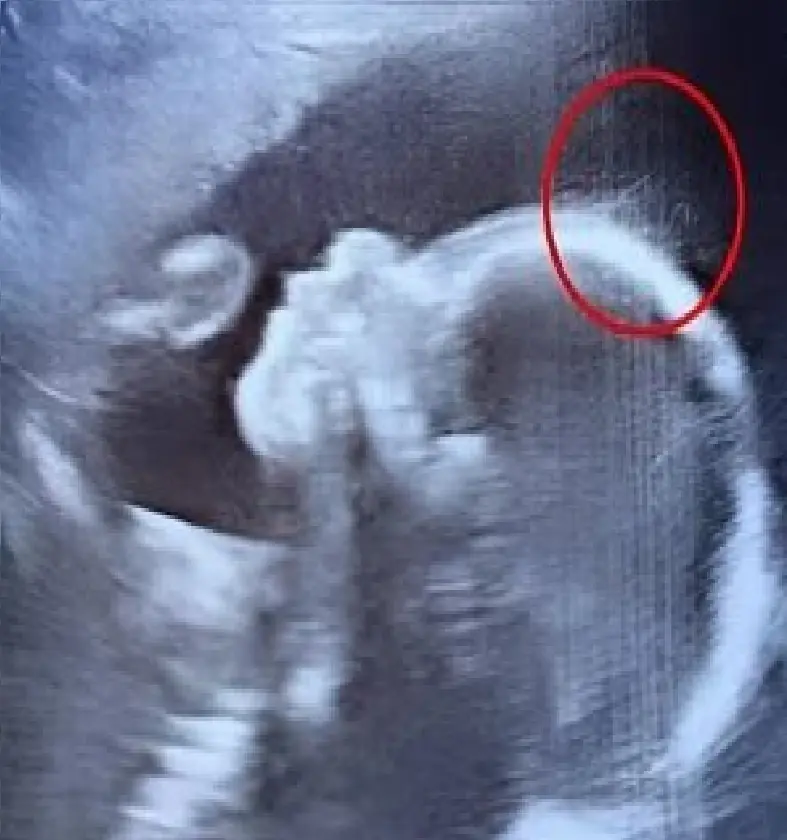
Doctors couldn’t believe what they saw during the ultrasound

Unlock Your Glow: The Science-Backed Vitamins and Foods for Radiant Hair, Skin, and Nails

The Unsettling Truth About Hot Dogs and Processed Meats

10 Simple Ways to Help Your Body Detoxify and Cleanse Itself

Woman Mistakes Deadly Illness For Perimenopause—Dies Suddenly

ScienceScientists Found The Hidden Factor Behind the Global Infertility Crisis, And It’s Terrifying
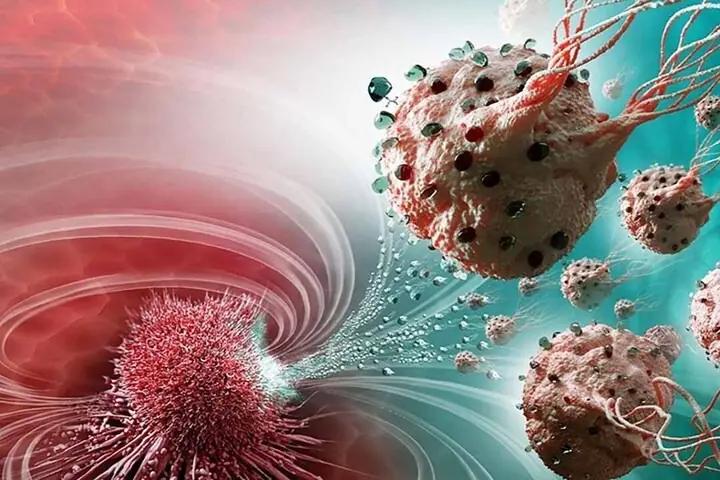
Chilling Simulation Shows How Cancer Takes Over The Body—Viewers Horrified

Rubbing Ginger on the Soles of Your Feet Before Bed: Discover the ‘Miraculous’ Health Benefits

5 Common Recurring Illnesses That May Be Warning Signs of Cancer
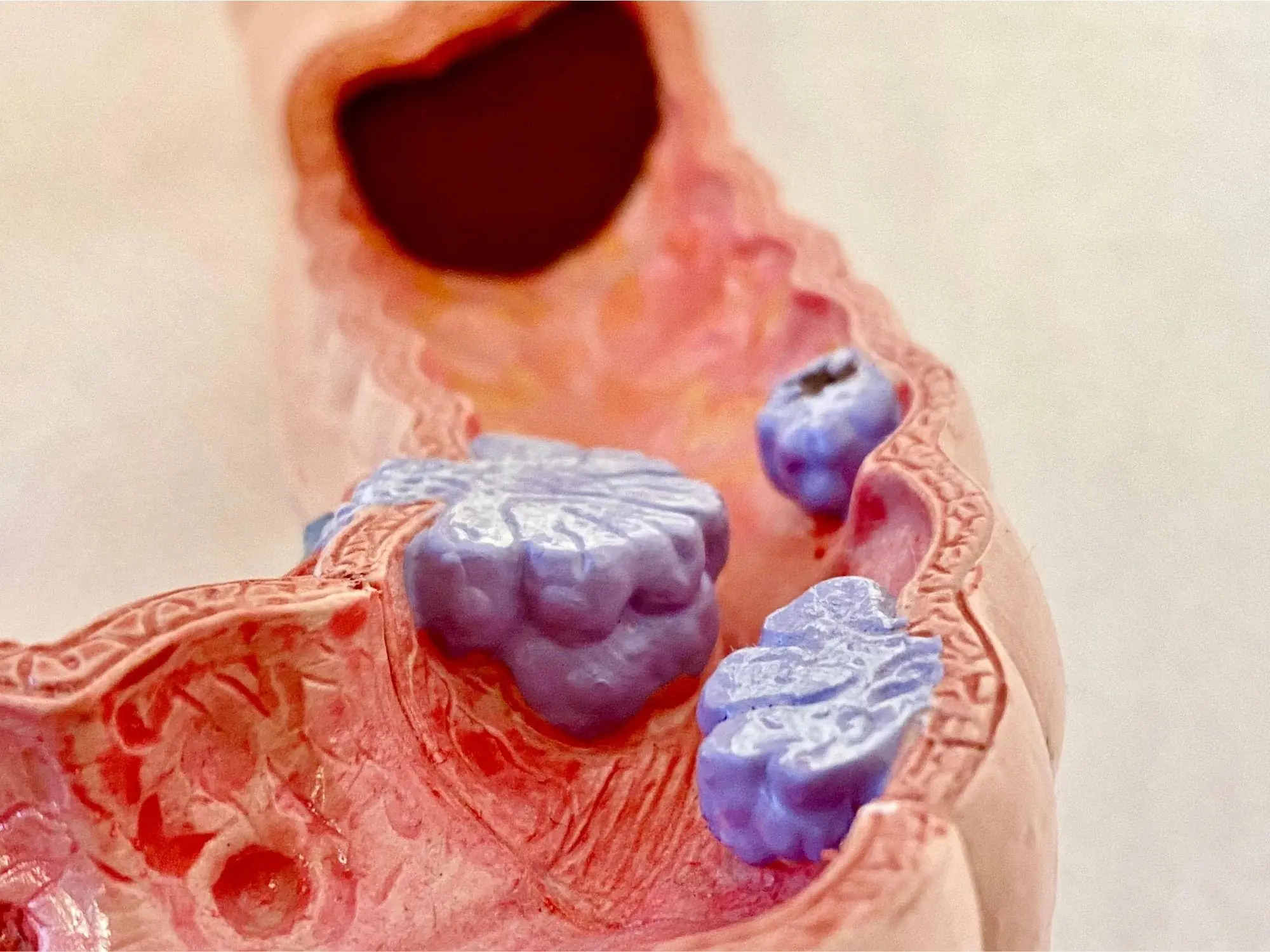
Stage 3 Colon Cancer Discovered Through a Symptom That Occurred 10 Times a Day

Mold Illness: What It Is and Hidden Signs You Have It

Cold Water vs. Warm Water: Which is Better For Your Health?

How to Get Rid of Bad Breath (Halitosis): Scientifically Proven Home Remedies
News Post

25-Year-Old Groom Dies from Acute Liver Failure After Eating Chicken – Doctors Warn of One Critical Danger!

Stroke Often Targets People Who Exercise This Way: Change Your Habits Now If This Is You

A Child Tragically Dies After Biting a Thermometer: What You Must Know When a Thermometer Breaks

Brain Scans Reveal The World Happiest Man: His Secrets Is Very Simple

Kids With Kids: Where Are Britain’s Youngest Parents Now

Parents Are Quietly Admitting Something Heartbreaking—And It’s Time We Listened

3 Major Cities That Could Vanish If The ‘Doomsday Glacier’ Collapses

If You Ever Notice Your Door Handle With A Rubber Band On It DO NOT Touch It

Experts Warn: Highly Infectious "Stratus" Now Dominant COVID Strain

British Woman in Coma After Tattoo During Bachelorette Trip to Spain

The link between ovarian and breast cancer

My MIL Tried to Ru in My Life, but a Stranger’s Secret Changed Everything
When I stopped to buy a knitted bunny from the old woman on the corner, I had no idea how it would disrupt my mother-in-law Eloise’s plans. That simple act set off a chain of events, unearthing secrets Eloise had tried so hard to bury. It was the moment

Mother of the Groom Accu sed of Ru ining Wedding After Wearing "Wrong" Dress — But Was She Really Wrong?
All Charlotte wanted was to support her son on his big day, but when her outfit sparked drama with the bride, accu$ations flew. Did she cross a line—or was it all a misunderstanding?

Grandma's Will Left Me Nothing—Until I Uncovered Her Hidden Plan
Discover the powerful story of how a woman fought to save her family farm and uncovered her grandmother’s secret plan that changed her life forever. A story of resilience, betrayal, and family legacy.

An Unknown Girl's Words Drive the Bride to Faint at Her Own Wedding

You’re a Predator, Not His Wife!’ – My Father-in-Law’s Venomous Words Publicly Destroy Me
Elena’s life with her fiancé Andrey is turned upside down when his father, Viktor Pavlovich, publicly insults her, accusing her of being a gold digger. As tensions rise and Andrey remains silent, Elena uncovers dark secrets about his family’s busines

Mother-in-Law Accuses Me of Bewitching Her Son – But the Sh0cking Truth About Our Family Shatters Everything!
Elena’s relationship with her mother-in-law, Margarita Pavlovna, has always been strained. But when Elena and Anton announce their pregnancy after years of struggle, Margarita’s harsh comments and disruptive behavior reach a breaking point. With tensi

The Medical Staff Was Mesmerized by the Newborn – Then Came a Moment That Gave Everyone Goosebumps!
When Amira’s son Josiah was born, everything seemed ordinary — except for one thing: his heartbeat. It was perfect, too perfect, and soon, strange events began unfolding around him. From synchronized monitors to an uncanny ability to calm others, Josi

My 5-Year-Old's Question ‘Mom, Do You Want to Meet Your Clone?’ Unveiled a Secret I Never Expected
A week before her wedding, Emily’s five-year-old daughter mentions a mysterious "clone" she’s been seeing. At first, Emily laughs it off, but when a hidden camera reveals an unsettling truth, the secrets buried since her birth come to light, unravelin